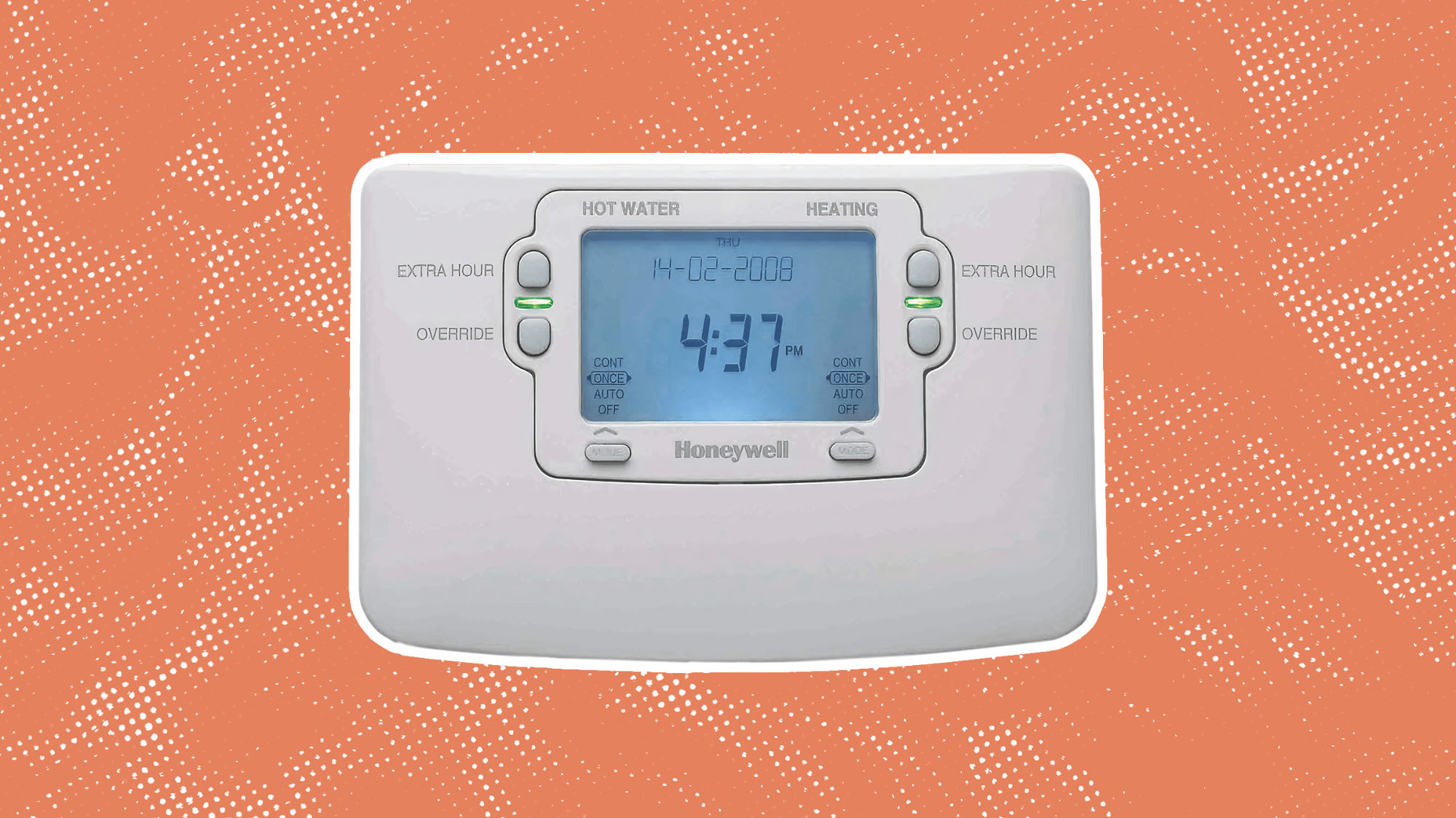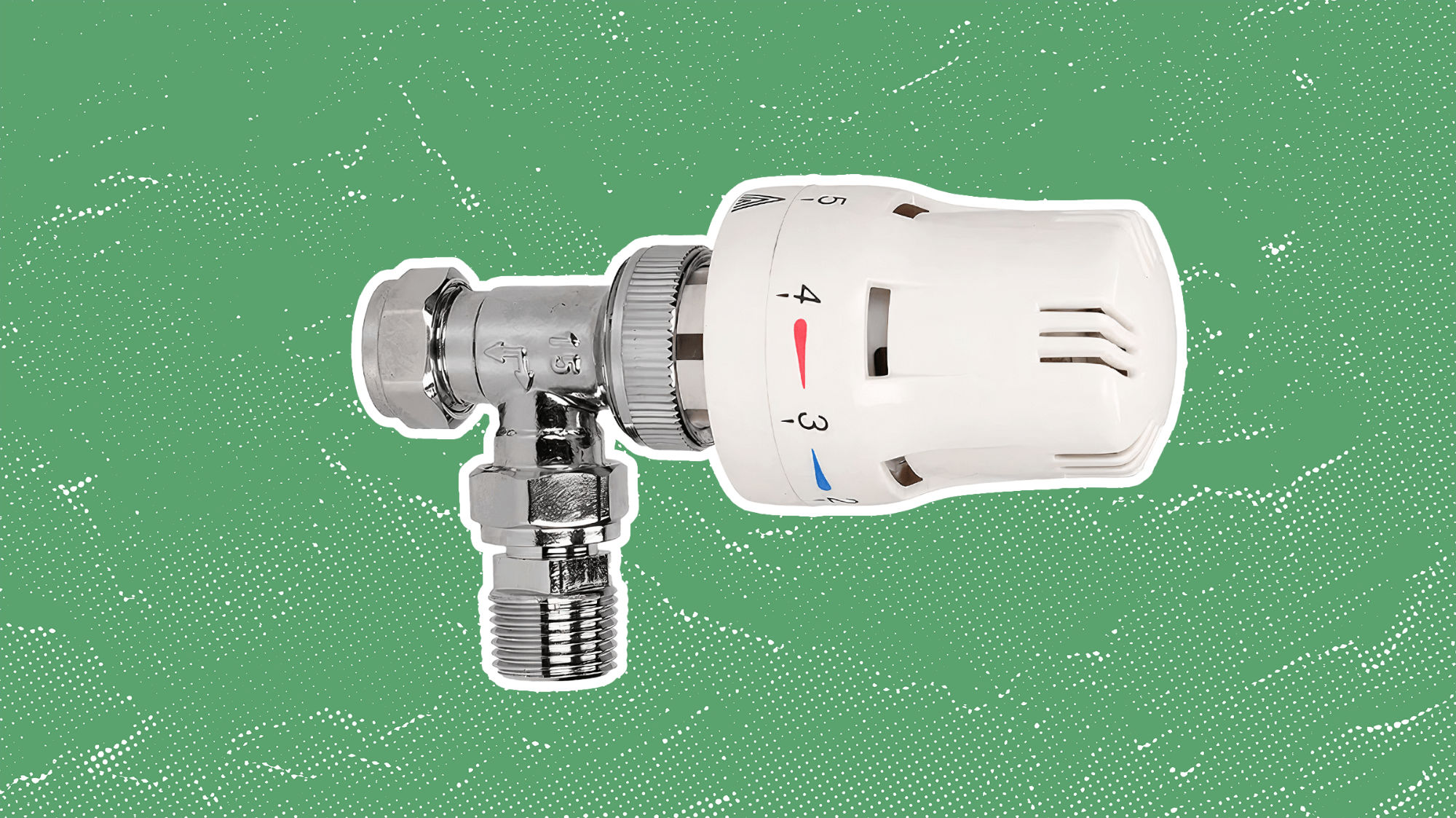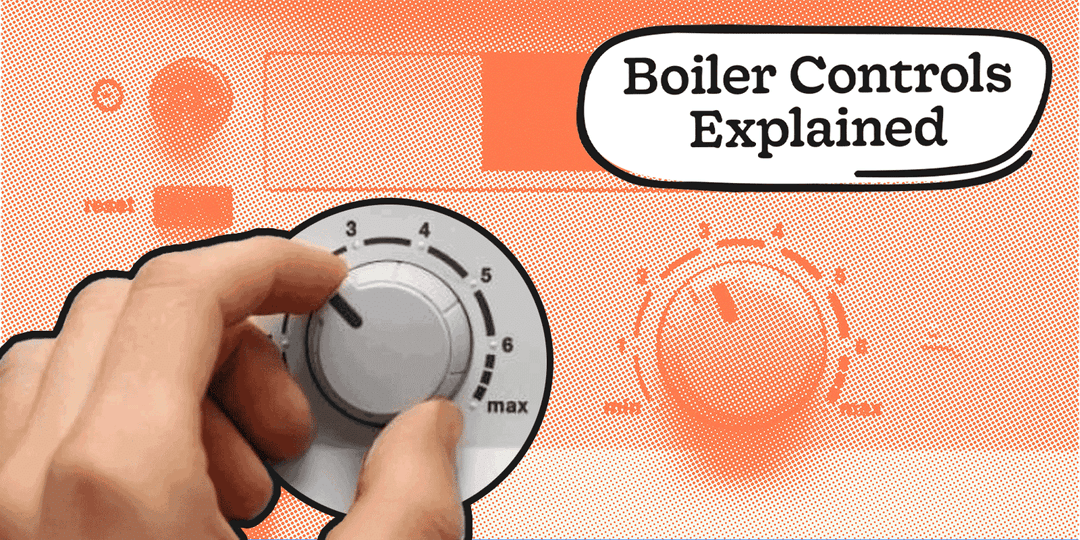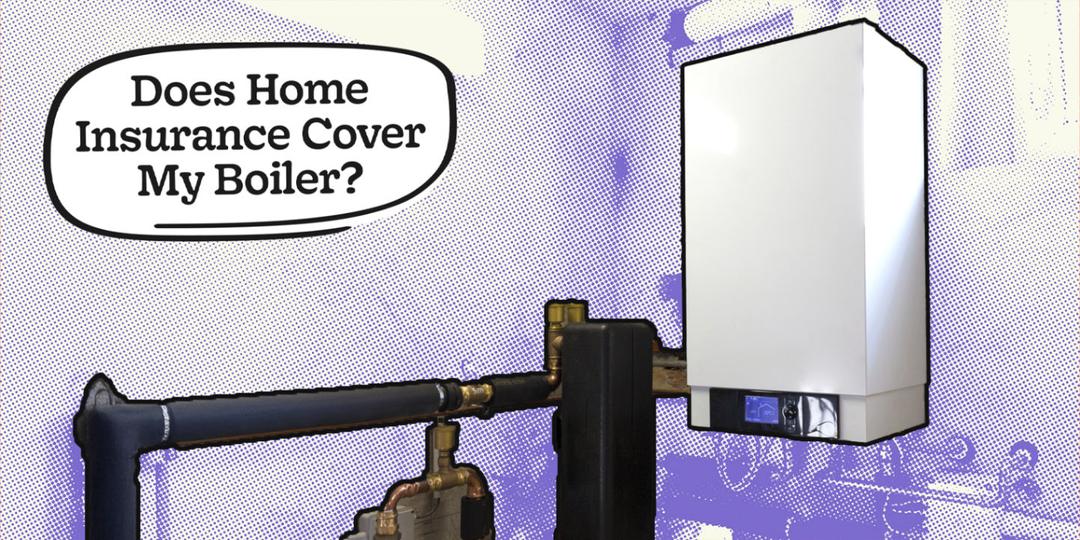What are your boilers controls and how do you use them to make the most of your energy?
Boilers and heating systems can come with a range of different controls - and knowing how to use them correctly can make a big difference to both comfort and energy efficiency.
Let’s break down the main types of boiler controls, how they work, and how to use them to get the most from your heating system.
Adding or Upgrading New Boiler Controls
Before looking at how to use your existing controls, it’s worth considering whether to upgrade them. Two of the most worthwhile additions are:
Smart thermostats – These connect to your Wi-Fi and allow you to control your heating remotely through an app. Some models also “learn” your schedule and adjust automatically for greater efficiency.
Thermostatic radiator valves (TRVs) – These let you control the temperature of individual radiators, so you don’t waste energy heating unused rooms.
According to the Energy Saving Trust, installing a room thermostat, programmer, and TRVs could save you between £75 and £155 per year on your energy bills - more if you add a smart thermostat that optimises your heating patterns.
What are Boiler Controls?
Boiler controls are devices that allow you to manage how and when your boiler heats your home and hot water.
Exactly how they work will depend on your system type (combi, system, or heat-only) and the manufacturer, so it’s always best to check your boiler manual for model-specific instructions.
[1] Boiler Thermostat
Your boiler thermostat controls the temperature of the water your boiler heats for both your radiators and taps (except for heat-only boilers, which only supply space heating).
For hot water: The recommended setpoint is around 60°C. Going lower than 50°C can encourage the growth of Legionella bacteria, so avoid setting it too low.
For central heating: Most homes run their radiators at around 70–75°C. However, if you have large or low-temperature radiators, you may be able to lower this setting and improve efficiency.
You can also use your boiler timer or programmer to schedule when your heating comes on - for example, 30 minutes before you wake up or get home from work.
This avoids running the boiler unnecessarily.
[2] Room Thermostat
A room thermostat measures the air temperature in your home and tells the boiler when to turn on or off to maintain the desired warmth.

Room Thermostat / Heatable
It’s usually mounted on an interior wall away from direct sunlight, draughts, or heat sources. Most homes now use digital thermostats, which are more accurate than older analogue models.
Once your home reaches the set temperature, the thermostat tells the boiler to switch off. When the temperature drops again, it signals it to fire back up - helping you stay comfortable without wasting energy.
Recommended temperatures:
Daytime: Around 20°C
Night-time or when away: 16–19°C
Vulnerable or elderly occupants may need slightly higher temperatures for safety and comfort.
👉 Related reading:
[3] Boiler Timer
A boiler timer, also known as a programmer, is a key part of the boiler itself.
Again, exactly how it will work will vary from boiler to boiler, so do check the manufacturer’s manual for specific guidance.
A boiler timer/programmer lets you decide when your boiler will turn on and off ahead of time.
This way, you could set your boiler to turn on shortly before you get up in the morning or when you arrive home from work.
There are several specific controls that tend to be found on a boiler timer/programmer. The auto control will allow your heating and hot water to turn on and off when you’ve programmed to per the timer.
Then there will be a button reading ‘On’ or ‘24hrs’. This control would keep your heating and hot water on continually.
We do not recommend using this option unless there is a good reason to, and you are sure it is safe.
Moreover, using this control could send your bills skyrocketing beyond their current heights.
Alternatively, the ‘Off’ control will simply keep your heating and hot water off until you switch to another control.
Lastly, certain boilers come with a booster button. This control would enable your boiler to be boosted outside of the times you’ve set for the hot water or heating to come on.
All in all, though, whether or not these controls will be found on your boiler, how they work, and how you should use them can depend on the boiler.
So, to repeat the mantra, check the manufacturer’s instructions if you’re unsure of anything.
Related thermostat guides:
[4] Thermostatic Radiator Valves
Last but certainly not least, if you have thermostatic radiator valves (TRVs) added to your radiators, you’ll have the ability to control the temperature of individual rooms.

Thermostatic Radiator Valves / Heatable
TRVs are generally added to each radiator in a property to maximise control.
Depending on their design, a TRV may come with the numbers 1 through 5. These are effective dials that would allow you to increase or decrease the temperature of that specific radiator.
Of course, what exact temperature this would translate to would depend on the temperature of the hot water reaching the radiator, to begin with.
But, in general, if you set a TRV on a radiator to the middle-range number 3, you’d likely end up with a room temperature of about 20°C, which in most cases, would be the perfect temperature.
Avoid turning radiators off completely in unused rooms - it can cause damp or mould issues. Instead, turn them down low so some warmth still circulates.
If you’re unsure how to balance TRVs across your home, check our full guide:
👉 Should you turn off radiators in unused rooms?
Final Tips for Using Boiler Controls:
Always read your boiler and thermostat manuals before making changes.
Experiment carefully with settings - lowering your room temperature by just 1°C could save around £100 a year (Energy Saving Trust).
If your controls are outdated or unreliable, upgrade to a modern smart system for improved precision and energy savings.
If you’re unsure how to configure your controls, a Gas Safe engineer can advise during your annual boiler service.





